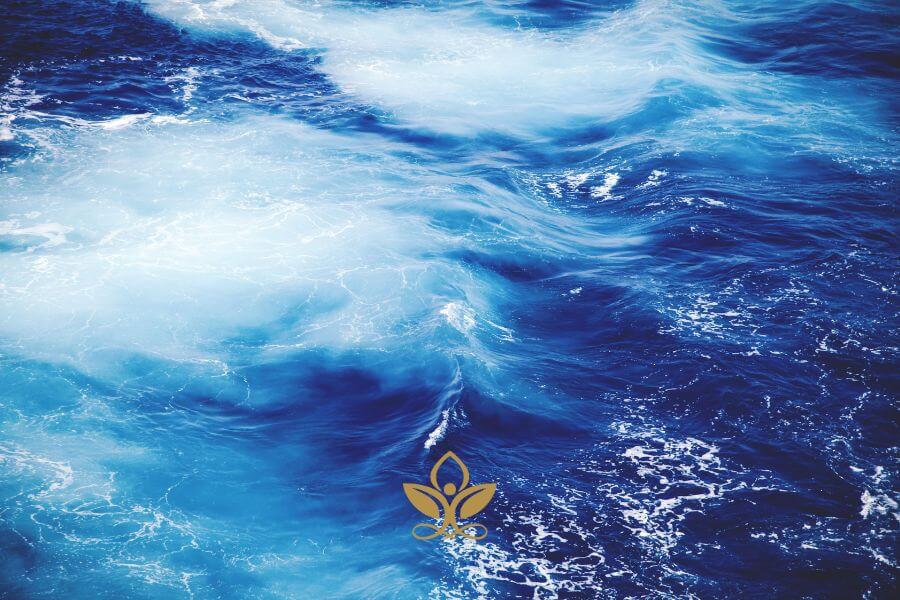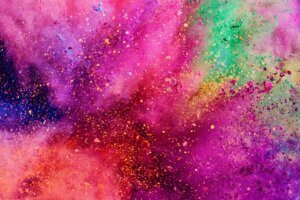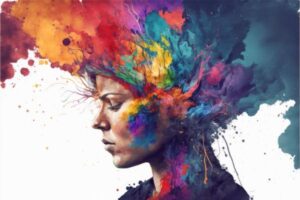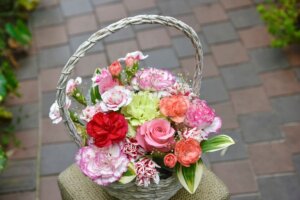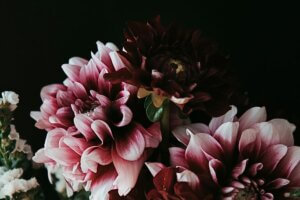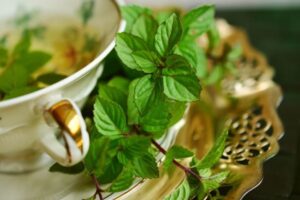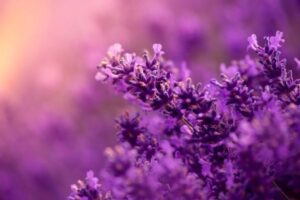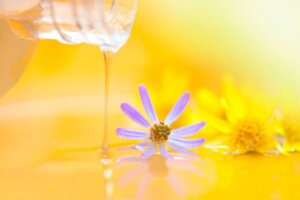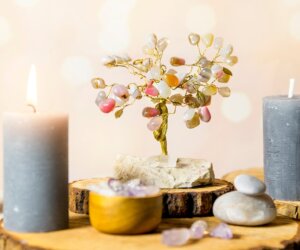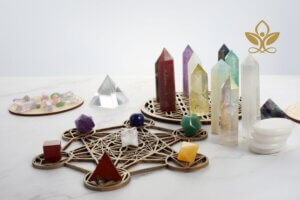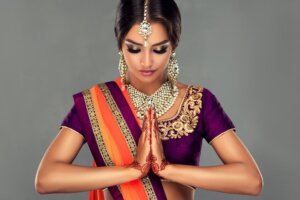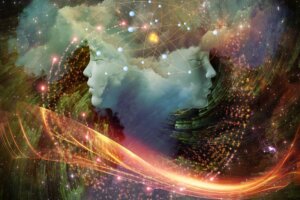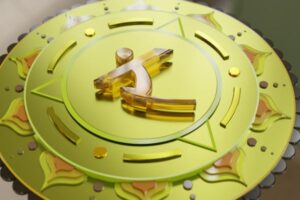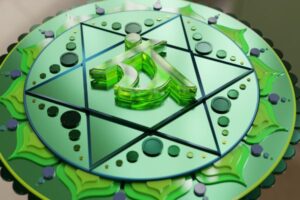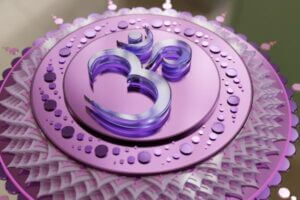The color blue is found primarily in nature. It’s in the light blue of the afternoon sky and in the deep variations of a lake or the ocean. But otherwise, there are very few blue animals, and it is the rarest of human eye color. Moreover, there are very few blue flowers that are not dyed by florists.
Psychology of the color blue
This is a color that affords peace and tranquility while it promotes both physical and mental relaxation. Interestingly, some people believe a person who loves this color is the rescuer of a friend in need. They are also thought to nurture relationships with strength and trust, but is deeply hurt when the experience betrayal.
Blue is often associated with calmness and serenity. It is a color that is commonly used in hospitals and spas, as it is believed to have a calming effect on the mind and body. Blue is also associated with trust and reliability, which is why it is often used in branding and marketing.
However, blue can also have negative connotations. It can be associated with sadness and depression, which is why it is important to use it carefully in certain contexts. Too much blue can also be overwhelming, so it is important to balance it with other colors.
Blue in branding and marketing
Blue is one of the most commonly used colors in branding and marketing. It is often used to create a sense of trust and reliability, making it a popular choice for banks, insurance companies, and other financial institutions. Blue is also used to create a sense of calmness and serenity, making it a popular choice for spas and wellness centers.
Genetic engineering to produce blue flowers
In my opinion, one of the most exciting developments in genetic engineering is in the development of blue flowers.
In 2017, a report was published in the Science Advances Journal. The scientists work at the National Agriculture and Food Research Organization in Japan. Their report reveals that they genetically engineered a blue chrysanthemum.
Also, thanks to the Australian company Florigene, and the Japanese company Suntory, there is now a blue rose. In fact, they teamed up to genetically modify the world’s first true blue rose in 2004. However, although the flower is genetically blue, it appears purple.
The reason it’s so difficult to create a blue flower lies in the molecule known as anthocyanin. Anthocyanin is a blue pigment that easily shifts towards red or purple. How much it shifts depends on the sugar molecules that attach to it or other factors in its environment. These variables are what keeps more blue flowers from being developed.

“Blue thou art, intensely blue; Flower, whence came thy dazzling hue.”
— James Montgomery
However, different shades of blue can have different connotations. Darker shades of blue can be associated with authority and power, while lighter shades of blue can be associated with creativity and imagination. It is important to choose the right shade of blue for your brand or marketing campaign to ensure that it conveys the right message.
Evolution of blue throughout history
In the past and for centuries people used indigo plants to dye textiles bluish colors. But the thing about indigo is that it’s a bluish-purple color – not a true blue. In fact, the color indigo falls in the light spectrum right between blue (475 nm) and violet (400 nm).
Did you know that it is thought by historians to be the most recent color humans are able to perceive? This begs the question, when did the sky turn blue? Of course, I say that tongue-in-cheek, but it does give pause for wonder.
Surprisingly, it’s the general current consensus among scientists and historians that our ancient counterparts did not see the same range of colors that we see today.
“Today, no one thinks that there has been a stage in the history of humanity when some colors were ‘not yet’ being perceived. But thanks to our modern ‘anthropological gaze’ it is accepted that every culture has its own way of naming and categorizing colors. This is not due to varying anatomical structures of the human eye, but to the fact that different ocular areas are stimulated, which triggers different emotional responses, all according to different cultural contexts.”
VIA The Sea was Never Blue

a
From Ancient Egypt to Modern Art
Blue is a color that has played an essential role in art and culture for centuries. From the ancient Egyptians and Greeks to modern-day artists, blue has been a constant presence in our world. But how has this color evolved over time? What meanings and symbolism have been attached to it throughout history? In this article, we’ll explore the history of blue, from its earliest representations in ancient art to the present day. We’ll discover the various shades and hues that have been used and how they have been used to convey different emotions and messages. Let’s dive into the rich and fascinating history of blue and see how it has evolved over time.
The significance of blue in Ancient Egypt
The ancient Egyptians were one of the first cultures to use blue in their art and culture. Blue was a highly prized color in ancient Egypt and was associated with the sky and water. The Egyptians used a particular blue pigment, known as Egyptian blue, which was made by combining copper, silica, and calcium. Egyptian blue was used to create intricate designs on pottery and to paint murals in tombs and temples.



The god of the sky, Horus, was often depicted with blue skin, representing the heavens. Blue was also used to paint the bodies of the dead, symbolizing their journey to the afterlife. The Egyptians believed that blue had protective qualities and used blue beads and amulets to ward off evil spirits. Blue was an essential color in ancient Egyptian culture, and its use continued to influence art and culture for centuries to come.
Blue in Greek and Roman art
The Greeks and Romans also valued the color blue and used it extensively in their art. The Greeks used a pigment called azurite, which was mined in Afghanistan and had a deep, rich blue hue. They used azurite to paint pottery and create intricate mosaics. The Romans, on the other hand, used a pigment called ultramarine, which was made by grinding up lapis lazuli, a semi-precious stone. Ultramarine had a deep, rich blue hue and was used to paint murals and create frescoes.


The Greeks and Romans also associated blue with the gods. The Greek god Zeus was often depicted with blue eyes, and the goddess Athena was often shown wearing a blue robe. The Romans associated blue with the god Jupiter, who was the god of the sky and thunder. Blue was also used to represent the sea and was used to paint scenes of ships and sea monsters.



How the Ancient Greeks Saw Their World
“Homer used two adjectives to describe aspects of the colour blue: kuaneos, to denote a dark shade of blue merging into black; and glaukos, to describe a sort of ‘blue-grey’, notably used in Athena’s epithet glaukopis, her ‘grey-gleaming eyes’. He describes the sky as big, starry, or of iron or bronze (because of its solid fixity). The tints of a rough sea range from ‘whitish’ (polios) and ‘blue-grey’ (glaukos) to deep blue and almost black (kuaneos, melas). The sea in its calm expanse is said to be ‘pansy-like’ (ioeides), ‘wine-like’ (oinops), or purple (porphureos). But whether sea or sky, it is never just ‘blue’. In fact, within the entirety of Ancient Greek literature you cannot find a single pure blue sea or sky.
Can We Hope to Understand How the Greeks Saw Their World
Blue during the Renaissance period
During the Renaissance period, blue became an even more important color in art. Artists began to experiment with new pigments, such as smalt, which was made by grinding up blue glass. Smalt had a bright, vibrant blue color and was used to create intricate designs on pottery and to paint murals. The Renaissance artists also began to use a new pigment called ultramarine blue, which was made from grinding up lapis lazuli. Ultramarine blue had a deep, rich color and was used to paint the robes of the Virgin Mary and other religious figures.




The Renaissance artists also used blue to create a sense of depth in their paintings. They used a technique called atmospheric perspective, where objects in the distance were painted with a blue tint to create the illusion of distance. This technique was used to great effect in paintings such as Leonardo da Vinci’s Mona Lisa, where the background is painted with a hazy blue hue.



Blue in Impressionism
The Impressionist artists of the 19th century were known for their use of color, and blue was no exception. They used blue to create a sense of atmosphere and mood in their paintings. The Impressionists used a technique called broken color, where different colors were applied in small, broken brushstrokes. This technique allowed them to create a sense of movement and light in their paintings.



The Impressionists also used blue to paint scenes of water and sky. They used a particular shade of blue, known as cerulean blue, to create the bright, vibrant blue of the sky. They used a similar shade of blue to paint scenes of water, creating a sense of depth and movement.



Blue in Modern Art
In the 20th century, blue continued to play a significant role in art. The artists of the Cubist movement used blue to create a sense of depth and movement in their paintings. They used a technique called faceting, where objects were broken down into geometric shapes. Blue was used to create the shadows and highlights on these shapes, giving the paintings a sense of depth and movement.



The Pop Art movement of the 1960s also used blue extensively in their art. They used a bright, vibrant shade of blue to create bold, graphic designs. Blue was often used in combination with other bright colors, creating a sense of energy and excitement.


Blue in fashion
Blue has also played a significant role in fashion throughout history. In the 18th century, blue was a popular color for men’s waistcoats and jackets. Also, in the 19th century, blue became a popular color for women’s dresses, particularly in shades of navy and royal blue.






Of course, in the 20th century, blue continued to be a popular color in fashion. Blue jeans, first introduced in the 1850s, became a popular fashion item in the 1950s and 1960s. Blue is also a popular color for suits and ties, particularly in darker shades such as navy and midnight blue.



The enduring legacy of blue in art and culture
Blue has been a constant presence in art and culture for centuries. From the ancient Egyptians and Greeks to modern-day artists, blue has been used to convey different emotions and messages. It has been associated with the sky, water, and the divine. It has been used to create a sense of depth and atmosphere in paintings, and it has been used to create a sense of trust and reliability in branding and marketing.



Blue is a color that has evolved over time, with different shades and hues being used to convey different messages. It is a color that will continue to play a significant role in art and culture for years to come. Whether it’s a bright, vibrant blue or a deep, rich shade of ultramarine, blue is a color that will always be a part of our artistic and cultural landscape.
Bonus! PodCast About Colors
Now, here is a special treat. It’s great to listen and learn about all the colors in the rainbow. Or, should I say, fun and interesting facts about color history, science, and theory? Jad and Robert are both entertaining and knowledgeable. I believe you will enjoy it.
It is our wish that you find this post enlightening and helpful. If you have any questions or suggestions, we love to hear from you in the comments below. Also, kindly accept our invitation to join our group on Facebook to surround yourself with kindred spirits and post your encouraging messages.

